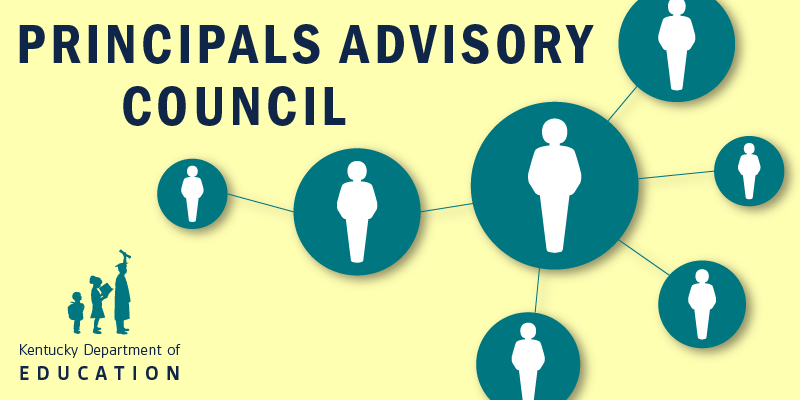(FRANKFORT, Ky.) – In a unanimous vote Dec. 5, the Kentucky Board of Education approved changes to the regulation on minimum graduation requirements for Kentucky students entering high school in 2019 and 2020. The changes made were in response to comments received from education stakeholders throughout the state. The requirements now will move through the remainder of the administrative regulations process, including review by two legislative committees, with a possible effective date of March 2019.
In a presentation to the board, Kentucky Education Commissioner Wayne Lewis described the two main changes to the original proposal approved in October, both related to providing more flexibility for students on their path toward college or a career.
“We value the comments we received,” said Lewis. “In the revised proposal, the personalized pathways for students remain, with flexibility for additional math and English courses. The most significant change comes in detaching the transition readiness component from the graduation requirement.”
After a lengthy discussion, board chair Hal Heiner said the revised proposal seemed to address the concerns brought up during the public hearing.
“I commend the KDE staff for making sure student and district needs are accounted for,” said Heiner. “This provides alternatives that takes into account the differences in our districts, but also the differences in our students.”
Under the revised proposal, students entering high school in the 2019-2020 school year must meet one of eight Graduation Qualifiers:
- Precollege curriculum as established by the Council on Postsecondary Education in 13 KAR 2:020; or
- Benchmark score in one section of a college admissions or placement examination as established by the Council on Postsecondary Education in 13 KAR 2:020; or
- Three postsecondary credit hours or more of a Kentucky Department of Education-approved dual credit course with a grade of C or higher; or
- One course and corresponding assessment meeting the following criteria:
- Advanced placement (AP) with a score of three or higher; or
- Cambridge Advanced International (CAI) with a score at or above benchmark; or International Baccalaureate (IB) with a score of five or higher; or
- Industry certification as approved by the Kentucky Workforce Innovation Board; or
- Four credits from valid courses within a single KDE-approved career pathway; or
- Complete two years of a KDE-approved or Kentucky Labor Cabinet-approved pre-apprenticeship or apprenticeship
- A KDE-approved process to verify 500 hours of exceptional work experience, or alternative requirements as prescribed in a student’s IEP.
“The Department believes these qualifiers are more representative of the varying availability of courses students currently have access to, thus creating more equitable requirements,” said Lewis.
The proposed changes also include the introduction of Graduation Prerequisites. Students entering high school in the 2020-2021 school year, in addition to meeting one of eight Graduation Qualifiers, will be required to demonstrate basic competency in reading and math in one of three ways:
- The student’s 10th-grade state-required assessments meeting the minimum criteria in reading and mathematics;
- The minimum criteria shall include scoring, at least, as an Apprentice in reading and mathematics in the state-required assessments approved by the Kentucky Board of Education.
- Students who do not meet the minimum criteria on one or both assessments may retake the reading and/or mathematics assessments twice annually in the 11th and 12th grades of high school enrollment.
- The student’s first completion of the assessments in grade 10 shall contribute to the school’s accountability rating; or
- The student’s 8th-grade state-required assessment rating of Proficient or higher for reading or mathematics or both reading and mathematics, if applicable; or
- The principal may submit a collection of the following student evidence to the superintendent or designee for review and approval:
- The student’s ILP that includes student transcript;
- If applicable, for students with IEPs, evidence that the student has achieved progress on measurable annual IEP goals as determined by the Admissions and Release Committee;
- Performance on the 10th-grade state-required assessments in reading or mathematics;
- Appropriate interventions, targeted to the student’s needs, provided to the student to ensure support was provided toward meeting the requirements outlined in this administrative regulation;
- Student work demonstrating the students’ competency in reading or mathematics; and
- The student’s post-graduation plans.
- For public charter schools, principals may submit the same collection of student evidence to the commissioner of education or designee. The transition readiness component in the first draft of the proposal has been removed in recognition of some of the equity challenges among districts and students. Because resources can vary greatly between districts, some stakeholders believed transition readiness would have put an undue burden on smaller or financially strapped districts by having to provide additional courses to students.“The key concern is, depending on the district that we are talking about, the routes that some districts can provide to help students achieve transition readiness are just not there,” said Lewis. “In some of our larger and better-resourced districts, we have those opportunities, but in resource-starved districts, they could only provide two or three pathways. Whether we are talking about high school graduation requirements or not, there is an equity issue among districts.”




Leave A Comment